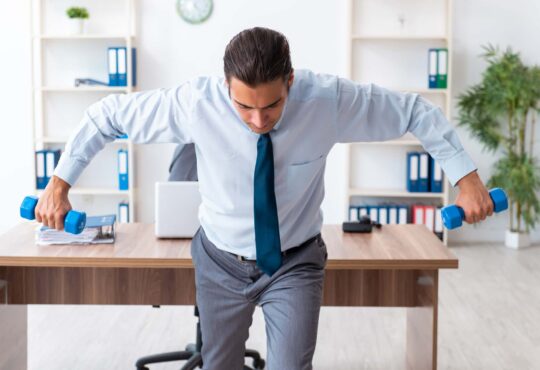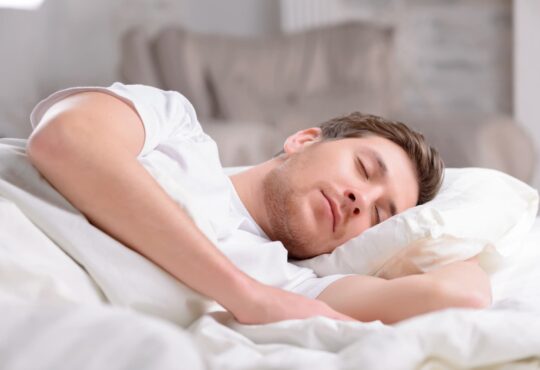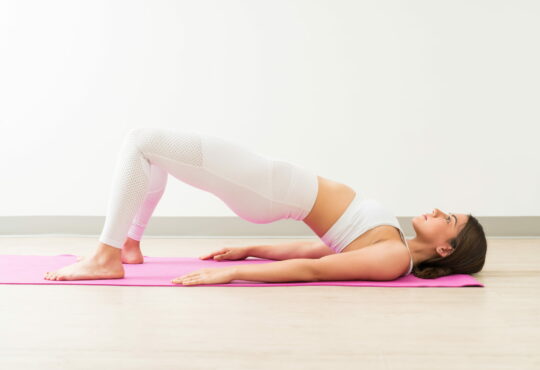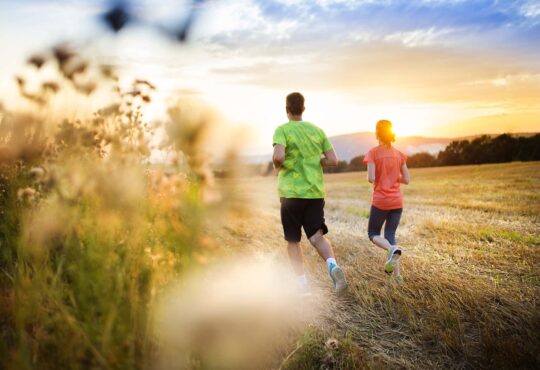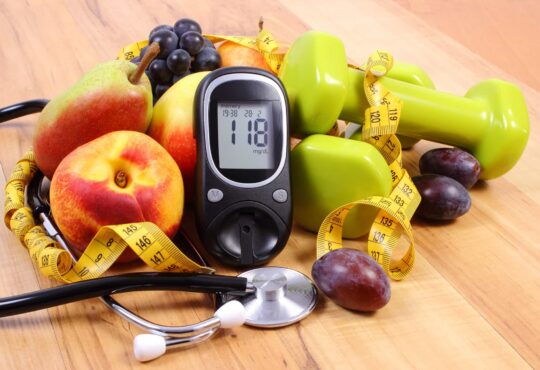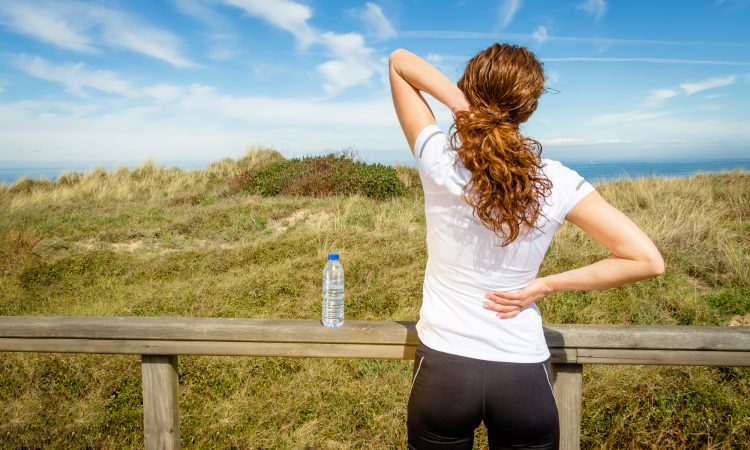
Before you agree to surgery, pain pills, braces, cortisone shots or a chiropractor – try . . .
Moving more often.
And in a natural, functional way.
Unless your pain is coming from an unhealed injury, check out the Egoscue Method.
Except for Rare Birth Defects, People’s Backs are NOT Born Defective
Our backs are designed to carry us upright throughout life. Despite what some experts claim, evolution isn’t to blame for your pain.
We’re intended to walk, run, carry heavy objects, crouch, crawl and climb on a regular basis.
You’re not alone with your problem. 31 million Americans also feel your pain – in the lower back.
According to the American Chiropractic Association, half of all Americans who are working admit to experiencing back pain every year. When you add in people who are not working due to disability and age, the total must be shocking.
If you have never suffered back pain, the odds are you will someday. 75-85% of Americans experience it at some point in their lives.
Back pain is the second most common reason people go to the doctor. (Respiratory tract infections are the most common reason.)
Americans spend $86 million every year on their back pain. It’s the most common cause of job disability.
And, sadly, it’s a major reason for people becoming dependent on opioid pain killers.
According to the American Academy of Family Physicians, Most Back Treatments are Worthless
They found no benefit from massage, chiropractic manipulation, oral steroids, acupuncture, traction or lumbar supports.
They actually didn’t find regular exercise programs effective, but do agree patients must stay active.
Blame the Chair
Muscle strength is necessary, of course. But you can’t expect a few hours at the gym to make up for sitting down all the rest of your week.
When you sit for extensive periods, you get tight hip flexors and weakness in your abdominals, glutes and hamstrings. This puts your pelvis out of alignment. It reduces the flow of blood to your glutes. Weak glutes are a major hallmark of low back pain.
Remaining sedentary also negatively affects the fluids in your disks. Herniated disks are a common cause of back pain, yet they are just a symptom of sitting down too long.
The intervertebral disks are tough pads of tissue that cushion your vertebrae, keeping them separate. When they get squeezed the wrong way, they rub against a nerve, causing pain. They can rupture, leaking their fluid.
According to Pete Egoscue, it’s muscles that push the disk against the nerve, so it’s muscles that can correct the situation.
He fully describes his recommended exercises in his books. One simple one I’ve found helpful is just to lie on the floor with your legs on a box, the surface of a bed or the seat of a chair. Your thighs go straight up from the floor, forming a 90-degree angle at your waist. Your feet and calves rest on the flat surface of the box, chair or bed. Your knee is at a 90-degree angle.
Just lie back and relax, letting gravity settle your spine to the floor. It’s a lot easier to do it than to describe it.
Just rest that way for up to an hour. Listen to music or a podcast.
Extra Body Weight Throws Your Muscles and Spine Off-Balance
That’s why back pain is highly associated with obesity. The excess weight on your gut is stressing your back muscles in ways they weren’t designed to handle.
The Journal of American Epidemiology published an article verifying obese people suffered more back pain than the nonobese.
If you are now overweight, you know you should lose weight, and this article is not about pointing fingers. It’s about back pain, and losing excess weight will help you prevent or reduce back pain.
Obviously, being more active (both through organized “exercise” and just moving more throughout all your life) will help your weight issue.
Stress and Poor Emotional Health Also Affect Your Back
A group of researchers followed 100 people for four years. At the start of the program, they were all free of back pain.
But the ones who had the poorest psychological health and who had experienced trauma were the most likely to develop back pain during the four-year study.
Therefore, seek help for your emotional issues, especially if you are depressed or suffering from Posttraumatic Stress Disorder.
Tips for Preventing or Relieving Back Pain
- Do not sit for longer than 30 minutes. Stand up. Stretch. Walk around.
- Stay active. Sports and workouts are fine, but regular walking on a consistent basis is even better.
- Maintain good posture. Don’t hunch over. Raise your phone instead of keeping your head bent down.
- Practice yoga, Pilates or another stretching program. Don’t do any heavy exercise until you’re warmed up and have stretched.
- Maintain a slim weight or lose weight until you’re slim again.
- Stay hydrated to keep your intervertebral disks from drying out.
- Check out Pete Egoscue’s E-cises in his books. If you really need help for any back or joint pain, see whether any of his certified therapists are in your area.
One Last Tip
Try walking backward.
It forces you to put your toe down first, the heel last. That opens up your pelvis and relieves disk pressure.
But do be careful. Don’t use a treadmill. Go slow, so you’re sure of what’s behind you.
https://www.sharecare.com/health/back-pain/article/ease-low-back-pain-with-backward-walking
https://www.aafp.org/afp/2012/0215/p343.html
https://www.egoscue.com/
https://articles.mercola.com/back-pain.aspx
https://articles.mercola.com/sites/articles/archive/2019/01/08/how-to-ease-back-pain.aspx
https://bengreenfieldfitness.com/podcast/recovery-podcasts/how-to-relieve-lower-back-pain/?utm_source=activecampaign&utm_medium=email&utm_campaign=article&utm_content=back-pain


